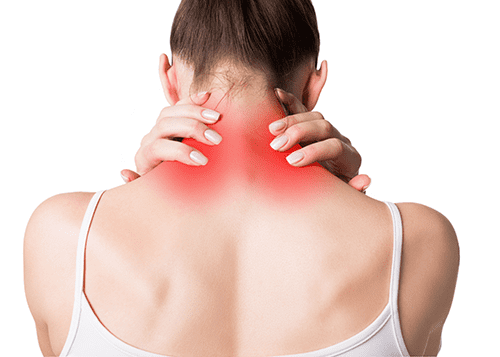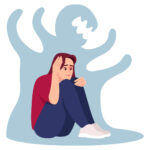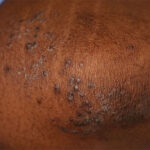Cervical dystonia (also called spasmodi) is a painful neurological disorder where the neck muscles involuntarily contract, causing the head to twist, tilt, or turn uncontrollably to one side, forward, or backward. It can cause chronic pain,muscle tremors and abnormal head posture. Symptoms often worsen with movement or stress and can improve slightly when the person touches their chin or head (a phenomenon called a “sensory trick”).
Causes of Cervical Dystonia
The exact cause isn’t fully understood, but research has identified several contributing factors
Brain and Nervous System Abnormalities
Scientists believe problems in the basal ganglia (a deep part of the brain that controls movement) play a major role. There may be a misfiring of signals between the brain and the muscles, leading to abnormal muscle contractions.
Genetic Factors
Some cases of cervical dystonia are inherited. Mutations in certain genes (like TOR1A, THAP1 and others) have been linked to dystonia. Family history increases the risk, even though not everyone with the genes will develop symptoms (this is called incomplete penetrance).
Secondary Causes (Acquired Dystonia)
Sometimes cervical dystonia develops after another event or condition, including:
– Head, neck, or shoulder injury, Stroke affecting motor control areas, Brain tumors or brain injuries. Drug side affects certain medications, especially antipsychotic drugs (e.g., haloperidol), can trigger dystonia as a side.
Environmental and Other Risk Factors
Age, More common between ages 40 and 60, though it can occur at any age. Gender, More frequent in women than in men. Stress and trauma, Severe stress or trauma sometimes appears to trigger or worsen symptoms.
In conclusion, Cervical dystonia is chronic (long-term) and currently has no cure, but treatments like Botox injections, medications, physical therapy and deep brain stimulation can help manage the symptoms. And always contact your healthcare provider for proper diagnosis and treatment. Information are gotten from Cleavland Clinic.



